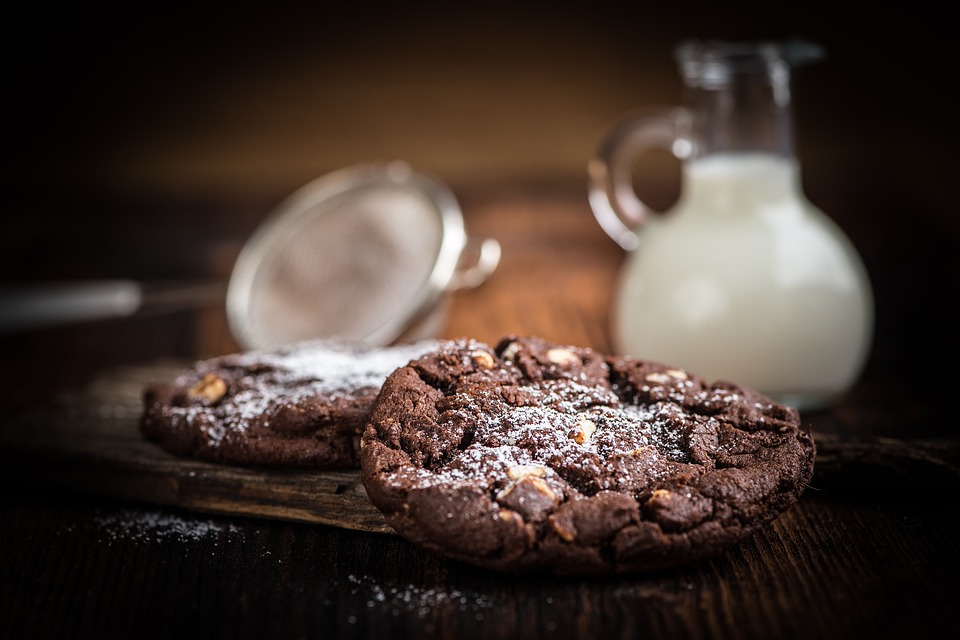As more states legalize the recreational use of cannabis (thank you, Michigan), many Americans are trying edibles as a healthier option, but is eating weed better for you than smoking it? In 420-friendly states, a growing cadre of chefs and confectioners are building businesses around edibles.
Edibles have come a long way since people started mixing cannabis and brownies. Cannabis-infused foods have become a multibillion-dollar market in the U.S. More and more people are choosing to snack rather than smoke their weed as there are many different shapes, sizes, doses, and consistencies of edibles available in the marketplace circa 2018.
A new study conducted by RTI International found most participants preferred edibles to smoking marijuana because there is no smell from smoke and no secondhand smoke. Other reasons participants like edibles included convenience, discreetness, longer-lasting highs, less intense highs, and edibles’ ability to aid in relaxation and reduce anxiety more so than smoking marijuana. No participants mentioned harmful health effects from consuming edibles as a concern.
This report provides a good starting point for further research to quantify through surveys how consumers understand and use edibles. Cannabis-derived products are the best available treatment for pain management in my opinion. Nature provided us with a super drug, and more people need to be able to access it for pain relief.
The science of edibles is pretty clear. That is to say, getting high without smoking will be healthier on your lungs and body. It eliminates the toxic chemicals that smoking creates, like carbon monoxide, bronchial irritants, and tumor initiators. If you’re smoking or vaping, you’re absorbing all the THC and other cannabinoids through your lungs.
When smoking marijuana, the compounds go straight into the bloodstream, which means smokers are likely to feel the effects within five to 10 minutes. With edibles the body has to digest the food or drink. It’s absorbed through the stomach, passes through the intestine, and makes it ways to the liver, which breaks down the THC and allows it to enter the bloodstream. That means it can take anywhere from 30 minutes to two hours to feel the full impact of a marijuana-infused cookie.
Eating marijuana tends to produce a stronger and longer-lasting high than smoking it. It can be much harder to control the high, because it takes awhile to feel its full effects, and the dosage can vary significantly, which can change its effects and make you higher than you planned.
The study from RTI International and published in Drug and Alcohol Dependence finds that some novice marijuana consumers are unable to figure out a satisfactory dose and wind up having a negative experience. And yet, there’s no record of anyone dying from a cannabis overdose. Other concerns and dislikes about edibles included unexpected highs, the unpredictability of the high, and inconsistency of distribution of marijuana in the product.
Let us hope that the RTI International study helps guide policy makers and regulators as they establish rules for edibles. Also, such research can help inform educational campaigns on proper use of edibles for recreational purposes. I implore you to journey into the wild new (and delicious) world of green gastronomy.
